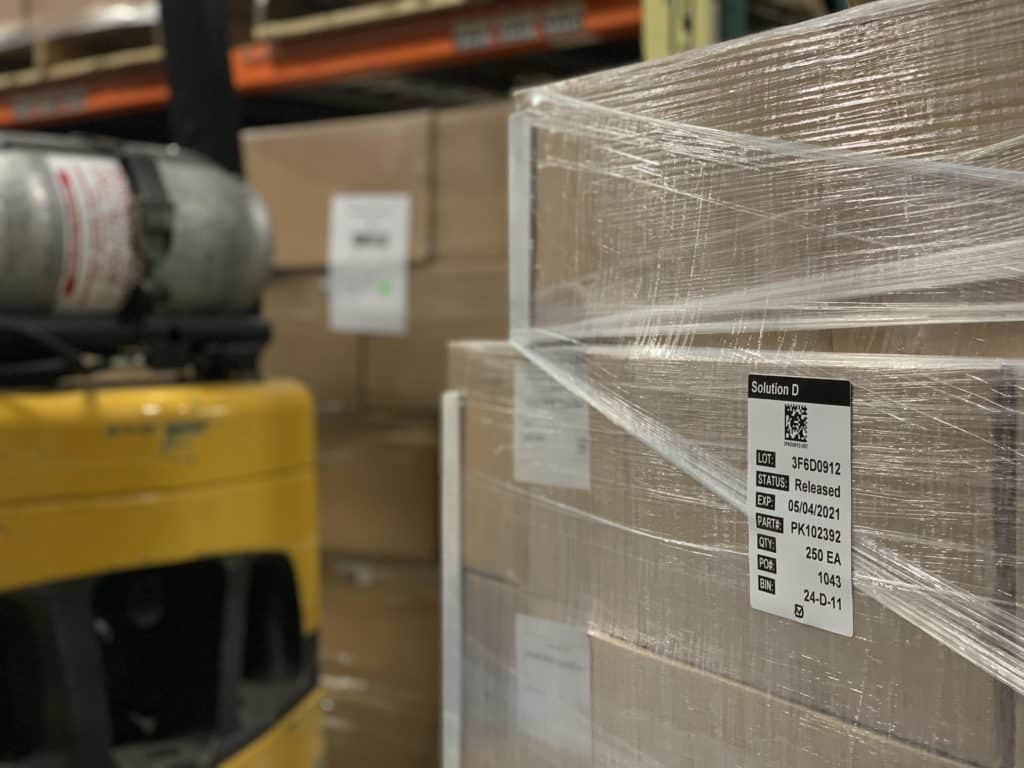Top 10 Reasons to Go Paperless
How many filing cabinets are you buying to keep every batch record organized in order to manufacture your products? Are papers piling up needing review? Are you ever missing any documents? (Am I describing every QA person’s nightmare?)
Keeping records on paper is a necessary evil in many people’s minds. Today, there is not only great software to help you go paperless, but the benefits of going to digital records are enough to make it worth the initial headache. These ten reasons for going paperless may be enough to send you running toward digital records as soon as you’re done reading:
1. Storage
Electronic records take up way less room than the piles of paperwork you have and will generate over the lifespan of any given product.
2. Record Retention and Recall
Spending valuable time searching for records during an audit can be made more difficult the more paperwork you have. Having your records in electronic format allows you to search and quickly find any information you need.
3. Searchable
Find what you need quickly by searching individual records or groups of records for data. When having production or quality control issues, being able to search for specific data can move you forward in your troubleshooting.
4. Data Available for Trending
Need to know how a new part is performing compared to a previous part? Trying to figure out where you may have a problem in your reagent manufacturing? Using electronic records makes the information much more readily available for data trending and analysis.
5. Less Missing Information
Whether through operator error or missing paperwork entirely, electronic records are easier to keep track of and can help operators fill them out entirely (see number 7).
6. Accurate
Dates are always system generated and precise. You can trust that your records are accurate when time is never back or forward dated. Utilizing drop down menus and operator-entered data also reduces the need to decipher handwriting.
7. On-the-Spot Validation
No one is perfect, but you can get closer using records with built in limits and conditional formatting. When an operator enters data that doesn’t meet your production standards, limits and conditional formatting can alert them that there is a problem before more materials and time are consumed.
8. Materials Management
Electronic records can tie into your MMS to help you plan for material or reagent use. You’ll know when to order to continue efficient product production.
9. Reduce Operator Error
Calculation by hand is risky business. Ensure your recipes and parts are produced within your standards from lot to lot with records that do the calculations for you.
10. Electronic Signatures
Electronic records can use electronic signatures making it easier to completely move to an electronic system.
Face it, life is easier with electronic records. DataNinja knows how to help you get set up, validated, and on your way. Let our experience guide you. Schedule a demo today.http://www.dataninja.com


